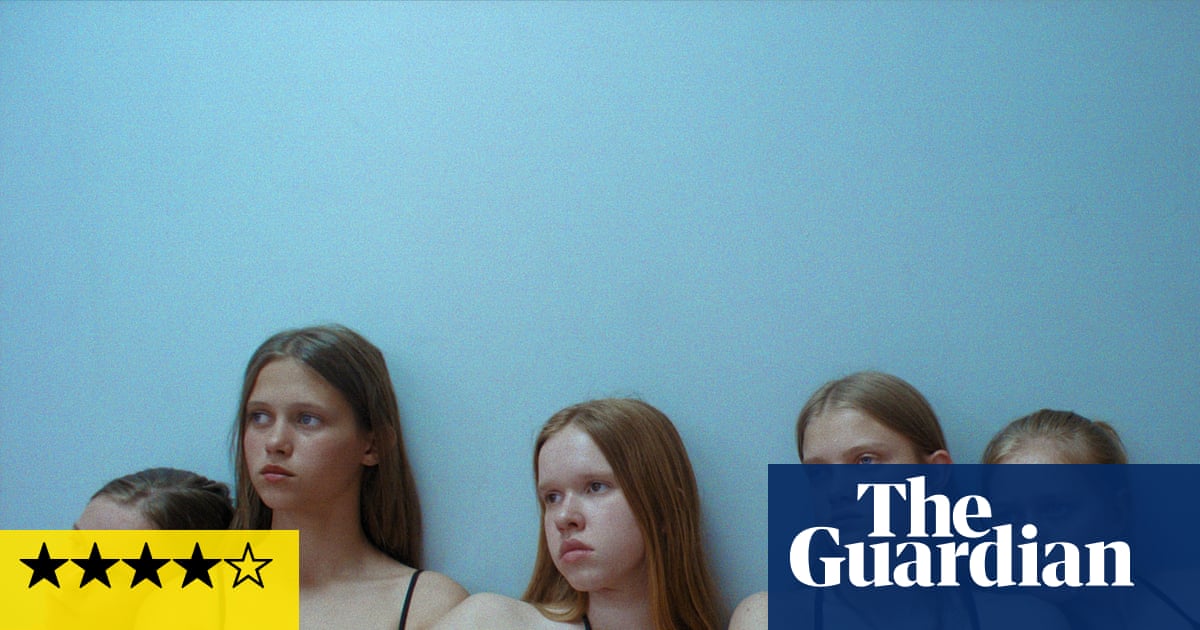Over the past several years, Grateful Dead fans have been inundated with officially licensed merch from just about every corner of the fashion world. From footwear giants Nike and Crocs to big box retailers like Old Navy and Target to high-end luxury designers like James Perse and Amiri, the list goes on and on (and on). But the new Loewe x Grateful Dead collection might be the band’s most outrageous fashion collab yet.
Among the collection are a $950 black crop top embroidered with dancing bears, a bizarre $890 top with half a t-shirt and half a tank top sewed together, and a $1,800 white t-shirt with a glittery dancing bear.
“Who the hell actually buys this stuff?” you may be wondering. Well, apparently quite a few people do because most of the collection sold out within a couple hours of the launch.
It may seem strange at first, but Deadheads have evolved a lot over the past 60 years. What began as a ragtag tribe of pot-smoking hippies now includes plenty of high-earning professionals happy to drop four figures on luxury goods that nod to their favorite band.
Related: Lot Couture: How Grateful Dead Merch Became Mainstream Fashion
This isn’t the first time the Dead have licensed their sacred iconography to a high-end label, either. Back in 2021, we ran an April Fools story about a fake Grateful Dead x Gucci “Custie” collection, and much like out Goose ice cream April Fools joke, it has since proven oddly prophetic. In the four years since then, a number of expensive designer brands have released Grateful Dead collabs—like this Gabriela Hearst capsule collection featuring a $4,450 cashmere sweater inspired by Roy Henry Vickers’ cover art from the Dead’s live release, Pacific Northwest ’73-’74: The Complete Recordings.
Still, most Grateful Dead merch remains at a more accessible price point. Stores like GAP and Kohl’s, for example, have some pretty cool designs for under $20.
The wide variety of Dead-branded fashion reflects more than just savvy marketing. It highlights the ever-expanding, increasingly diverse nature of the Deadhead community—and that’s something for which we can all be grateful.


